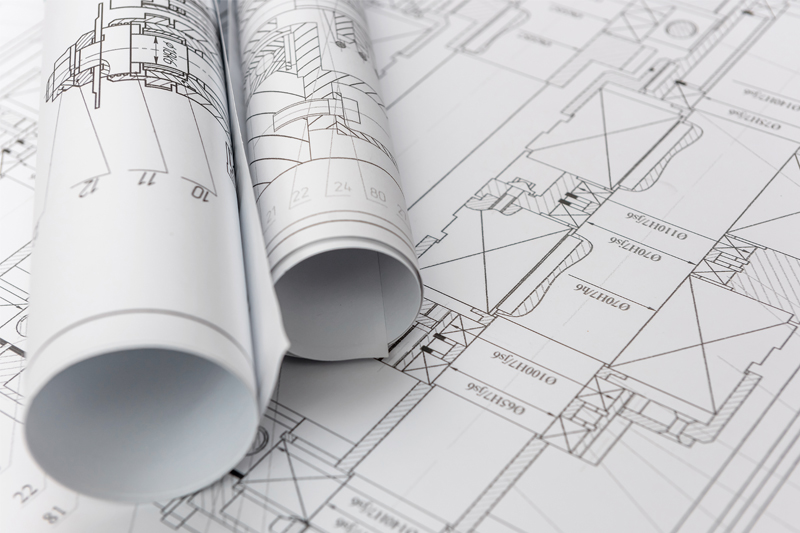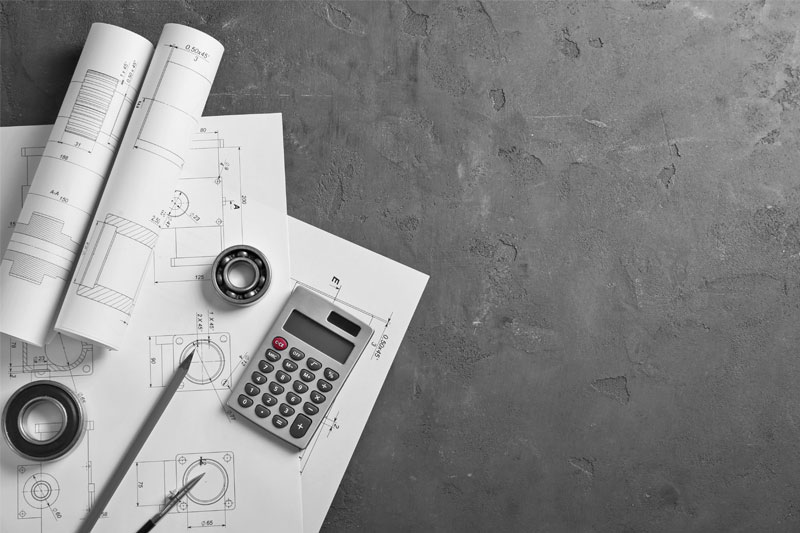Patent Drawings: Filing Requirements for Utility Patent Applications
Patent Drawings constitute the primary element of all utility patent applications. Clear and accurate patent diagrams enhance patent applications’ quality and illustrate an innovation more explicitly than depictions. You might rarely encounter any patent application that incorporates all
patent drawings. Furthermore, the
US Patent and Trademark Office (USPTO) majorly suggests the inclusion of
patent drawings in patent applications. This feature allows the patent examiner to quickly understand an innovation’s subject topic.
Likewise, the patent diagram helps explain the patent proprietors’ claims if they face patent infringement issues. They also benefit the patent holders while pursuing any damage settlement problems. Moreover, patent owners relish the advantage of eradicating possible violations by utilizing actual
patent drawings.
So, the correct patent drawings create the backbone of any patent applications you desire to file. Therefore, this blog examines the precise conditions you must regard while drafting patent diagrams for your patent applications.
Technological Specifications for Preparing Patent Diagrams
Before designing any patent drawings, you must confirm that the photographs include all the conditions set by the nation where you desire to file your patent. Also, if you like to file patents in the US, you must stick to all the
USPTO guidelines set for drafting patent drawings. Further, if you desire to file multinational applications, you must obey the
PCT guidelines for filing patents in
142 contracting nations.
A few patent headquarters’ have universal
patent drawings conditions. Every PTO prefers envisioning precise drawings in a viscous, black and white coloured style that contain concrete black lines. Additionally, you might discover occasional differences between the conditions laid down by the USPTO and PTO in terms of the size of sheets. The USPTO needs either the note size piece or the A-4 size document and upholds a degree of flexibility for people. Yet, the PCT solely approves the A4 size sheets. Additionally, the requirements of the margins are the same for both styles of pages.
Similarly, there are some specifications that you must supply in particular while designing your
patent drawings. The following passage confers these conditions in brief.
- Numbering
You must possess the numbering employing Arabic digits. You can utilise 2 Arabic digits, where one digit denotes the number of the sheet, and the another indicates the total digit of sheets. This element must be more meaningful to differentiate it from the standard calculation. Additionally, it would help deliver computation in the centre of the top of the sheet and not in the margin space. Moreover, it would benefit if you did not employ quotation marks, brackets or circles with numbering.
- Lead lines & arrows
You must set lead lines nearby between the reference symbols and the figures. Additionally, it would help to guarantee that they are linear or curved, short in height and do not cross at a juncture.
Arrows aid in demonstrating the entire section and defining the direction of motion of the surface, implying its course.
- Usage of Reference Characters in Patent Diagrams
Reference characters assist in describing the critical issues cited in the application characterisation. Therefore, you must also use these reference symbols in patent drawings. Integers are the best-chosen reference characters that one uses. Nevertheless, it would be best if you guaranteed to not set any character in connection with a bracket or circle. Reference character should not hinder the interpretation of the actual patent drawings.
- Shading
Utility patent drawings should incorporate shading as it enhances the design’s interpretation. It aids in indicating the surface of cylindrical, circular and conical objects. The usage of space lines in shading should be as flimsy as feasible and should differ from the remainder of the illustration. You can even utilise heavy lines when they hamper the reference symbols. Furthermore, it would be reasonable not to employ solid black shading in all aspects other than describing bar charts or colors.
- Kinds of Views
Utility patent diagrams might include as many views as required. Views will denote a specific section of entities. The views in utility patent drawing should follow proper structure on sheets with the least space wastage. Additionally, it would benefit if you put the images in a vertical position, at some distance from one another.
- Exploded view
These views help display the precise structure of the entity by dismantling all its elements. Also, you must ensure to encompass this view in brackets while placing them on a sheet of paper containing other views.
- Partial view
The partial view helps depict some entity ratio from the entire perspective of the thing. You should mark all the views separately in such circumstances, and the association between all illustrations should be precise. You should connect an individual view of the entity edge-to-edge to dodge overlapping of concepts.
- Frontpage view
Occasionally, you can display one of the views of patent drawings on the front page of the applications. This will symbolize the illustrations on the main page of the journal.
- Sectional view
A sectional view helps in depicting the internal systems of an entity. You can employ the broken line to sketch this view without meddling with the reference number. Additionally, the sectional views can be perspective or orthogonal in visualization. One can classify sectional view into front sectional, front perspective, and side sectional view.
- Drawing Scale
The scale employed for designing utility patent drawings must be sufficiently big to evade the over-crowding of formations. Furthermore, the scales you have used must illustrate the graphics even if you lower them to 2/3rd of their height.
Conclusion
Therefore, patent drawings might face difficulties during preparation because of the multiple conditions documented above. Yet, no matter how complicated the requirements are, the suitable patent diagrams depicting how innovation works direct to victorious utility patent applications.
Digital Suntech endures numerous years of experience in the patent industry.
Digital Suntech enables its clients to take proper patent conclusions and delivers a degree of affordable patent illustration services. As
Digital Suntech retain manifold expertise in helping clients globally. Visit our
Patent illustration website and check our samples.






